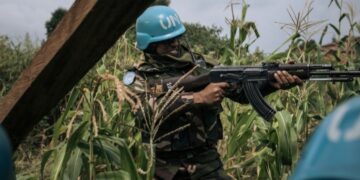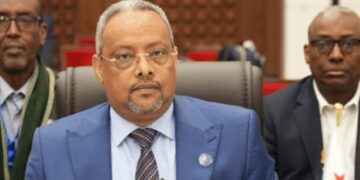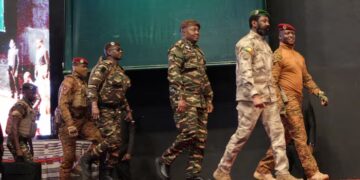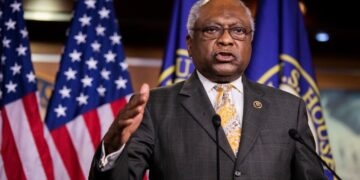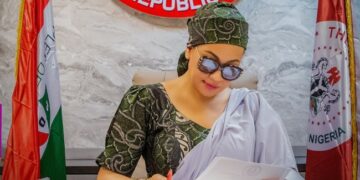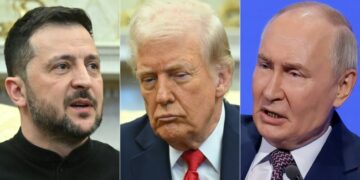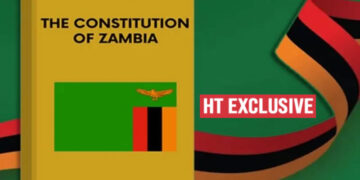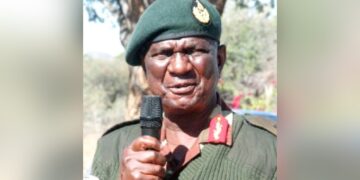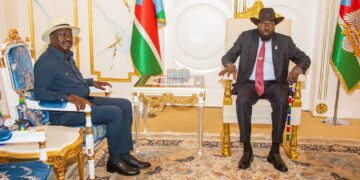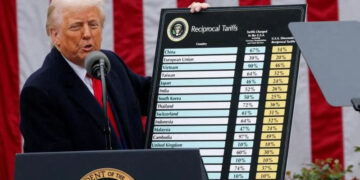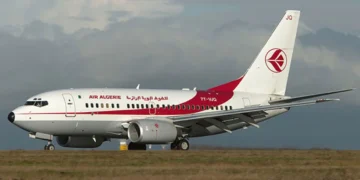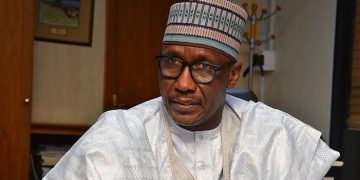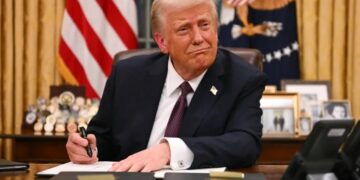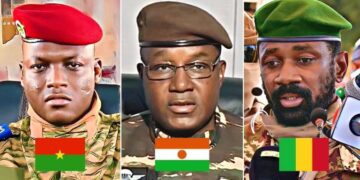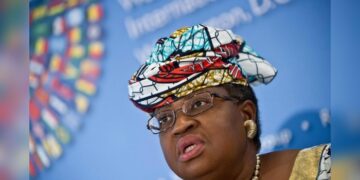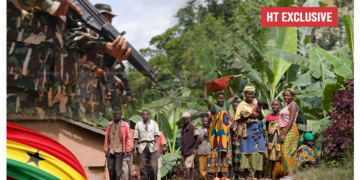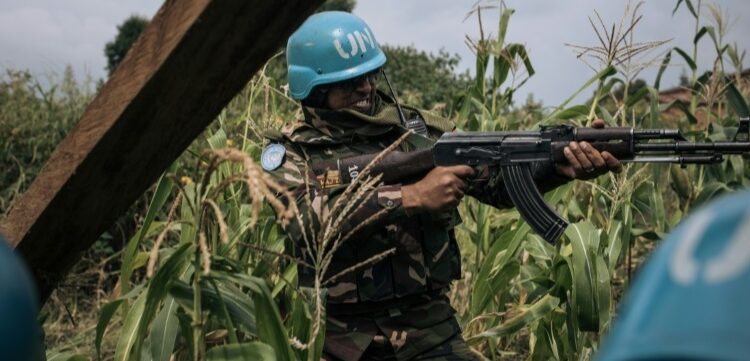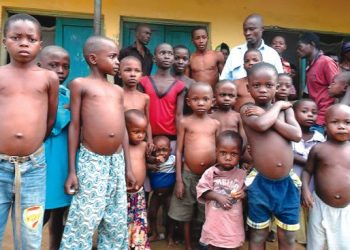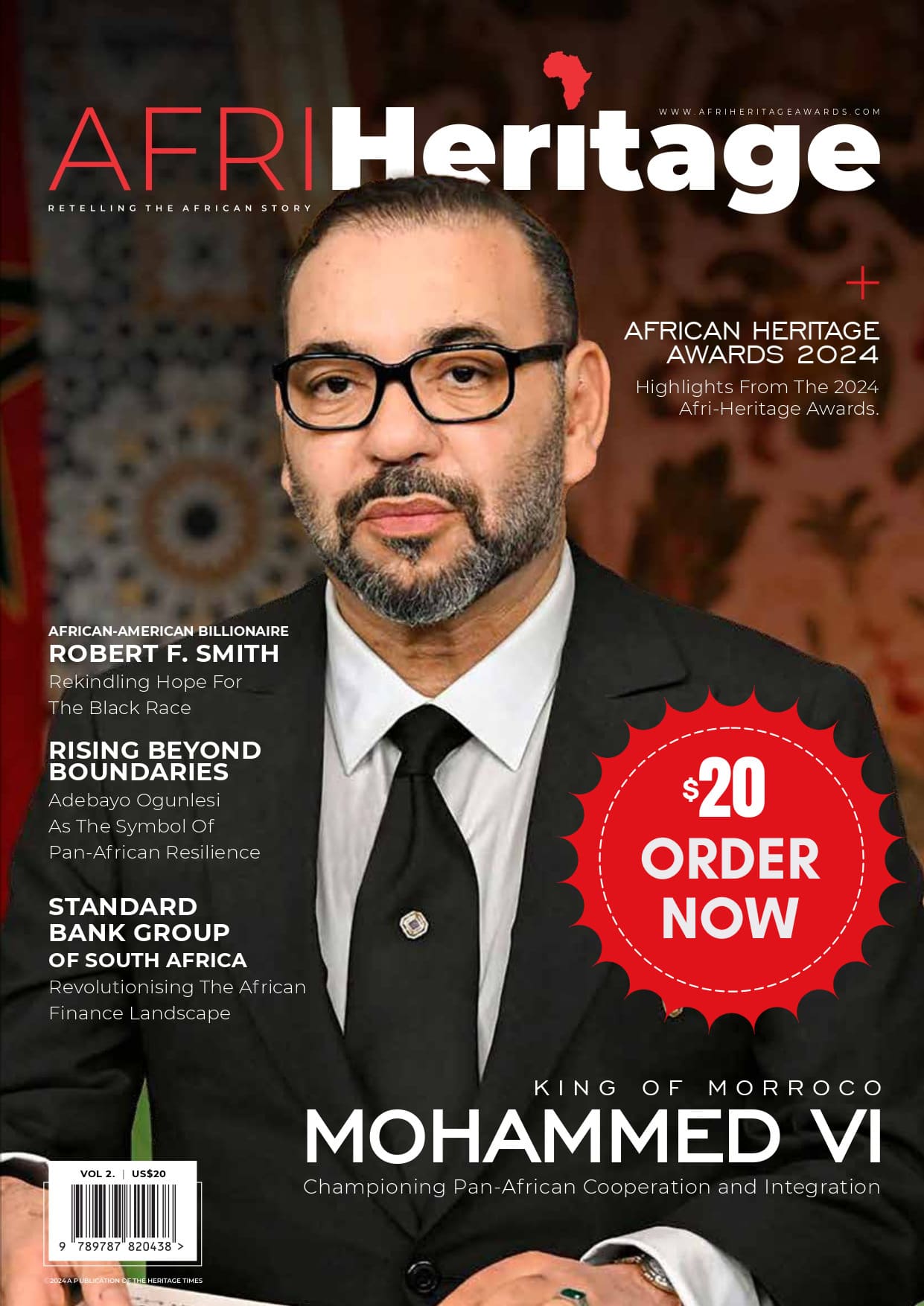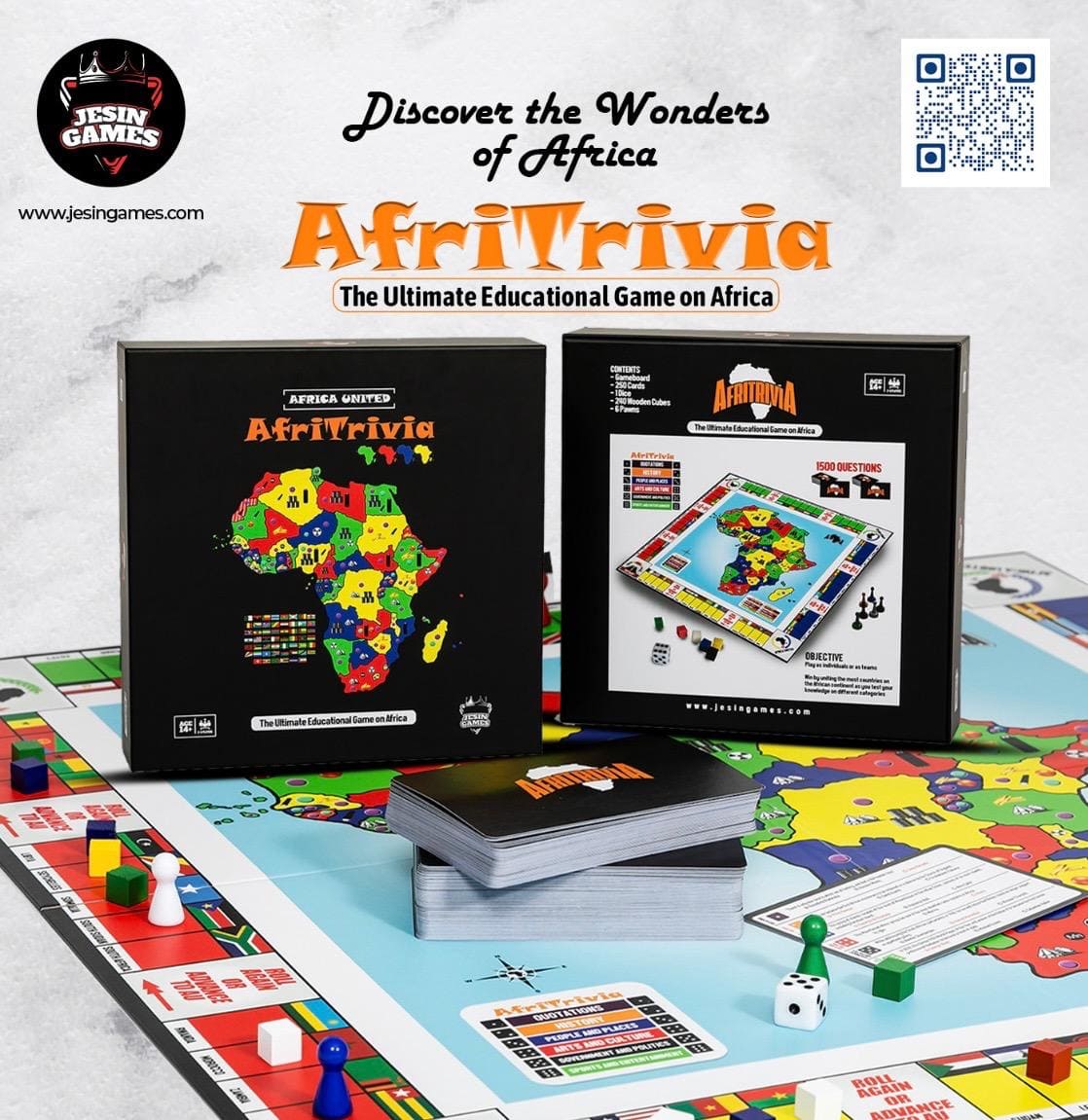By Ebi Kesiena
About 20 local Red Cross workers had gathered in Dhedja, a village in the troubled northeastern Democratic Republic of Congo to help bury bodies that had been rotting since a massacre three weeks earlier and the killers had now returned.
The death debris has displaced a lot of people in the eastern region of the country.
Abandoning their shovels, the panic-stricken helpers fled across fields and burned-out houses, cowering behind a wall as UN MONUSCO peacekeepers fired off random bursts into the high grass.
UN armoured vehicles edged their way to help the terrified group, coming under fire as they advanced.
After a 20-minute exchange of gunshots, silence returned. No-one was hurt and no-one was missing.
Bloodshed in the hillside villages of Ituri province has accelerated over the past two years, driven by a political-religious sect called CODECO.
Its innocuous-sounding name, the Cooperative for the Development of the Congo (CODECO) — belies a bitter ethnic feud between the Lendu, which the group claims to defend, and the Hema.
Fighting between the two communities flared between 1999 and 2003, claiming tens of thousands of lives before being quelled by a European Union peacekeeping force, Artemis.
Violence then resumed in 2017, blamed on the emergence of CODECO.
Since October, CODECO has stepped up attacks in the Djugu area, bordering Lake Albert and Uganda which lie to the east.
At least 82 people were killed in the last 10 days of November, according to a respected monitor, the Kivu Security Tracker (KST).
